Appetite For Destruction by Guns n Roses
Buy Appetite For Destruction Guns n’ Roses arrived like a tsunami on the rock scene with their strong 1987 debut, Appetite for Destruction, a hard rock album which blew the glam out of […]

Buy Appetite For Destruction Guns n’ Roses arrived like a tsunami on the rock scene with their strong 1987 debut, Appetite for Destruction, a hard rock album which blew the glam out of […]
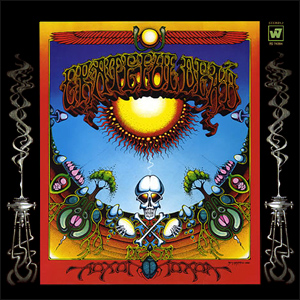
Buy Aoxomoxoa Aoxomoxoa is the third studio album by Grateful Dead and, perhaps, the one most dominated by lead guitarist and vocalist Jerry Garcia. Created under the working title of “Earthquake Country” (because […]
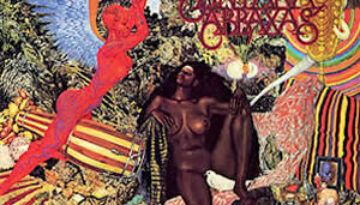
Buy Abraxas With their second studio album, Santana brought a plethora of musical influence to forge the acclaimed Abraxas. This record fuses on multiple levels, blending reinterpreted covers with distinct originals and offering […]
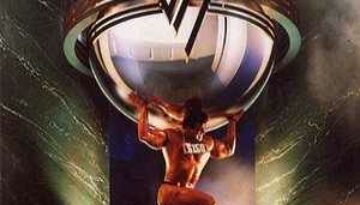
Buy 5150 With the possible exception of AC/DC, it is hard to find an example of an established rock band with a single, charismatic, lead singer that becomes even more successful once that […]
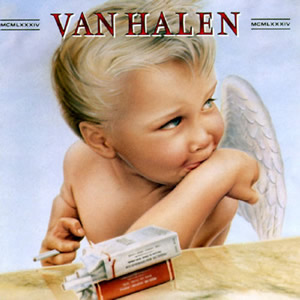
Buy 1984 The original lineup of Van Halen reached their artistic and commercial apex with their final album together. 1984 (officially titled using Roman Numerals MCMLXXXIV) was released near the start of the […]
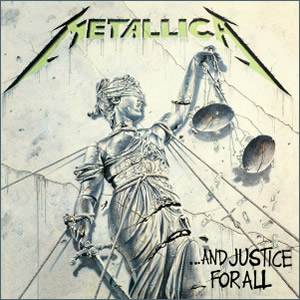
Buy …And Justice for All Metallica brought their fusion of progressive thrash metal into the mainstream with the double LP …And Justice for All in 1988. The album was nominated for a Grammy […]